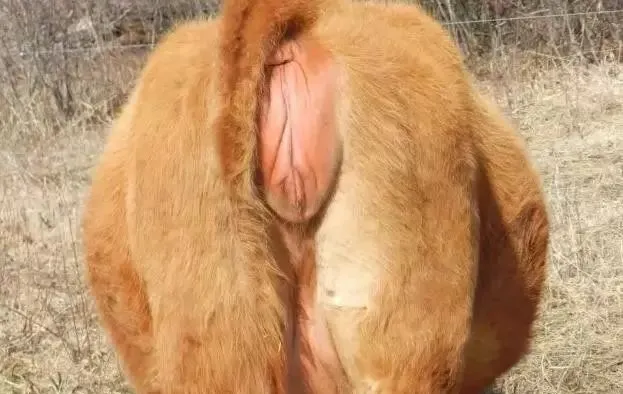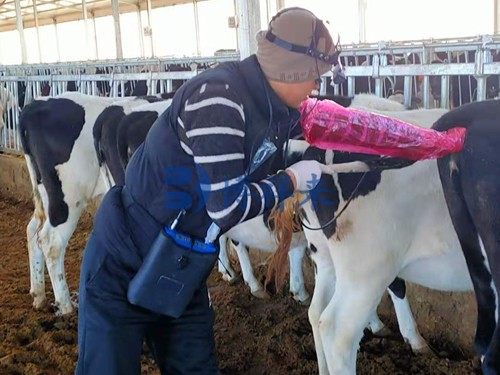For many dairy farmers, one of the most puzzling problems is when a cow looks healthy, eats well, and produces milk, but simply won’t get pregnant on time. The culprit could be silent heats. These are heat cycles where the cow’s body goes through the hormonal changes of estrus, but she shows no visible signs. If farmers don’t catch these heats, insemination is missed, and cows stay open far longer than planned. Over time, this costs money in lost milk, breeding delays, and higher vet bills.

What Exactly Is a Silent Heat?
A silent heat happens when the cow ovulates normally but doesn’t show signs like restlessness, mounting behavior, or mucus discharge. To the farmer, it looks like she’s not cycling, but in reality, she is. These missed heats are a major reason for prolonged open days in dairy herds. Cows that experience silent heats often appear as “problem breeders,” even though their cycles are functioning.
| Heat Type | Visible Signs | Breeding Implication |
|---|---|---|
| Normal Heat | Mounting, mucus discharge, restlessness | Easy to detect, insemination possible |
| Silent Heat | No visible behavior | Missed insemination, delayed conception |
Why Do Silent Heats Happen?
Several factors contribute to silent heats. Nutrition plays a big role—cows with energy deficits after calving are more likely to show weak signs of heat. Stress from overcrowding, heat, or poor housing also suppresses estrus behavior. In some high-producing dairy cows, milk yield demands so much energy that reproductive signals are less obvious. Genetics may also play a role, as some bloodlines are naturally harder to detect in heat.
How Farmers Can Spot Silent Heats Early
Regular Vet Checks: Ultrasound scans help confirm if a cow is cycling even without signs.
Tail Paint or Patches: Simple tools that reveal mounting activity.
Activity Monitors: Collars or pedometers detect increases in movement linked to estrus.
Hormone Testing: Progesterone tests can reveal cycle stage when signs are unclear.
The Cost of Missed Heats
Every missed heat cycle means at least three extra weeks of open days. If multiple cycles are missed, a cow can remain open for months, leading to lost income from both milk and calf production. Studies estimate that each open day costs $3 to $5. For a herd of 100 cows, missing silent heats could mean tens of thousands of dollars in hidden losses every year.
Solutions to Reduce Silent Heats
Farmers can reduce silent heats by improving cow comfort, ensuring balanced rations, and keeping close watch during the critical 60–90 days after calving. Using technology like heat detection collars and scheduling routine ultrasound checks helps catch cycles early. For problem cows, synchronized breeding programs using hormones may provide a reset and improve fertility.
Conclusion
Yes, silent heats are often the hidden reason cows stay open too long. They’re easy to miss but costly in the long run. With better monitoring, nutritional management, and vet support, farmers can detect and manage silent heats effectively. By addressing this issue, farmers shorten calving intervals, improve herd fertility, and boost profitability.








